I think the moments that I have captured at this time of documentation are individual images that have a variety of stories, individualism, and a familiar concept of nostalgia and conservatism that I find myself familiar with when I grew up as a child. This project is a photobook exploring my home, Hong Kong. I travel to old and familiar locations that I always went to when I was a child and visually document how this has changed my perspective over time. The development in a context that I have made is a project from InDesign, showing the design features and additional text that would have been printed on a hardcover book. The approach I have chosen to explore is documentary photography/street photography, and it is applicable because Hong Kong is an urban environment with a variety of different streets, buildings, and infrastructure that can only be shot through observing up close, and furthermore I am creating a narrative upon the final selection of images that I choose. Through the variety of research that I have carried out, including fashion, fine art, commercial and documentary photographers I think that there are multiple aspects where my photographic approach was definitely similar to theirs, from experimenting and documenting my research to the final selection and curation of images.
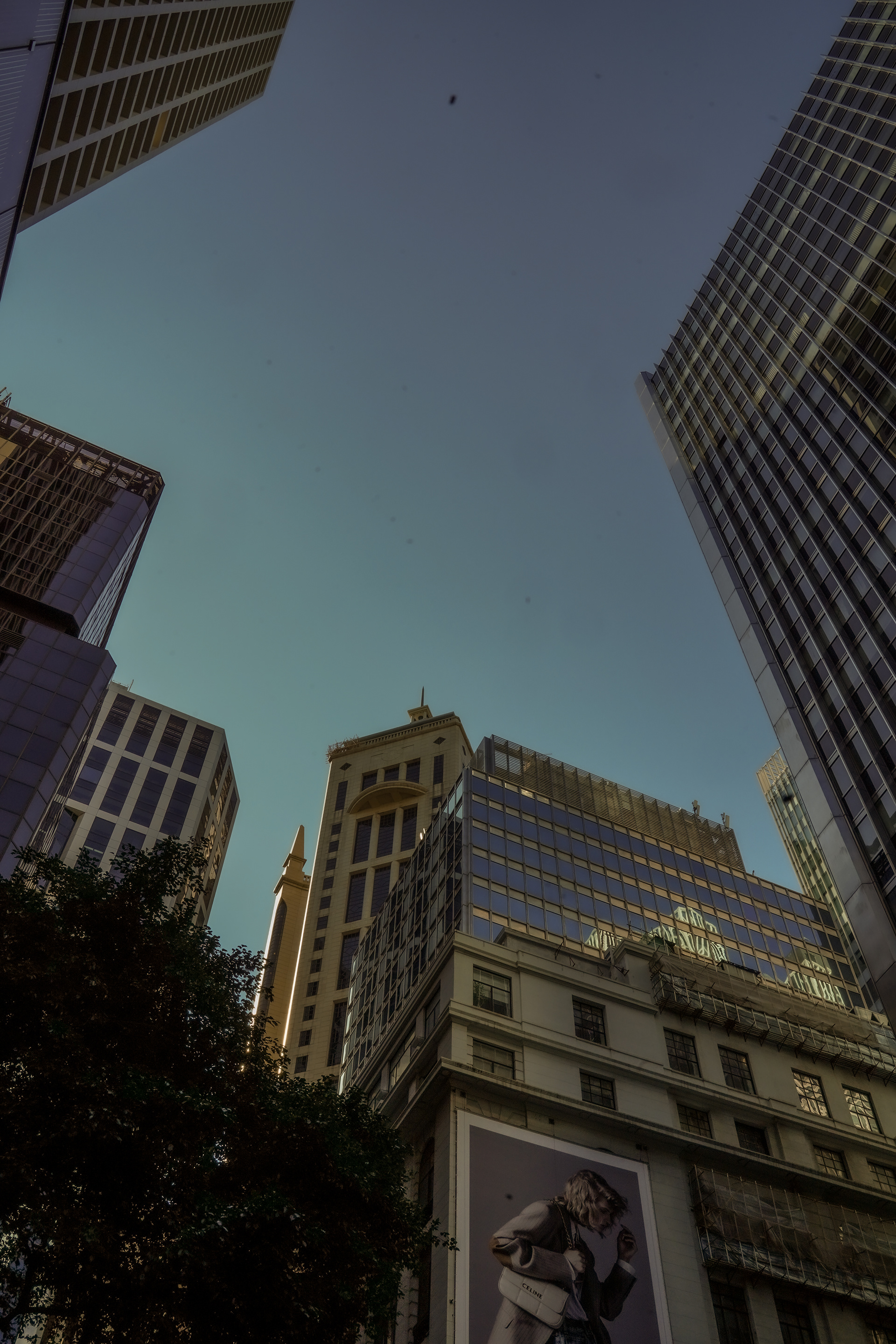

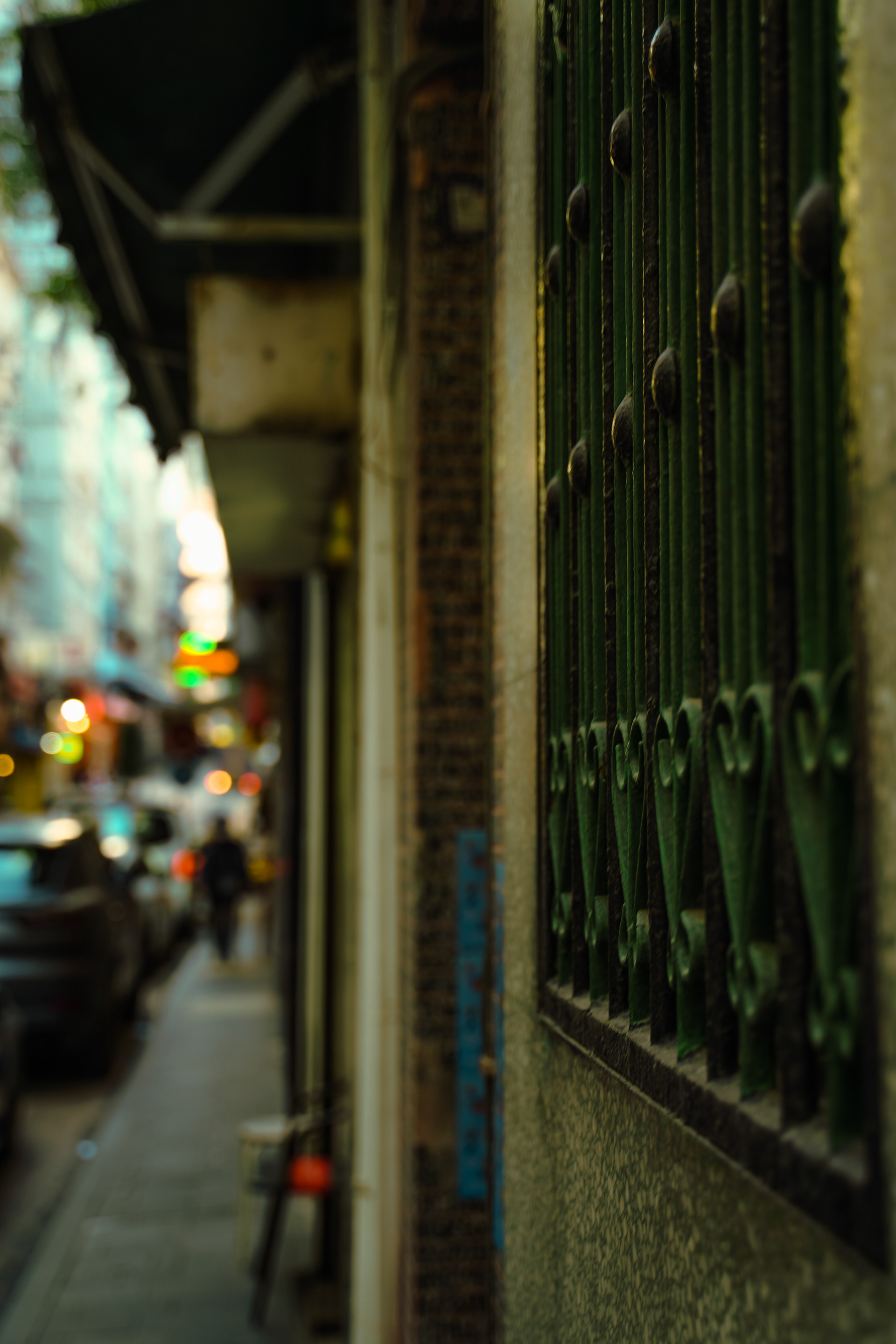


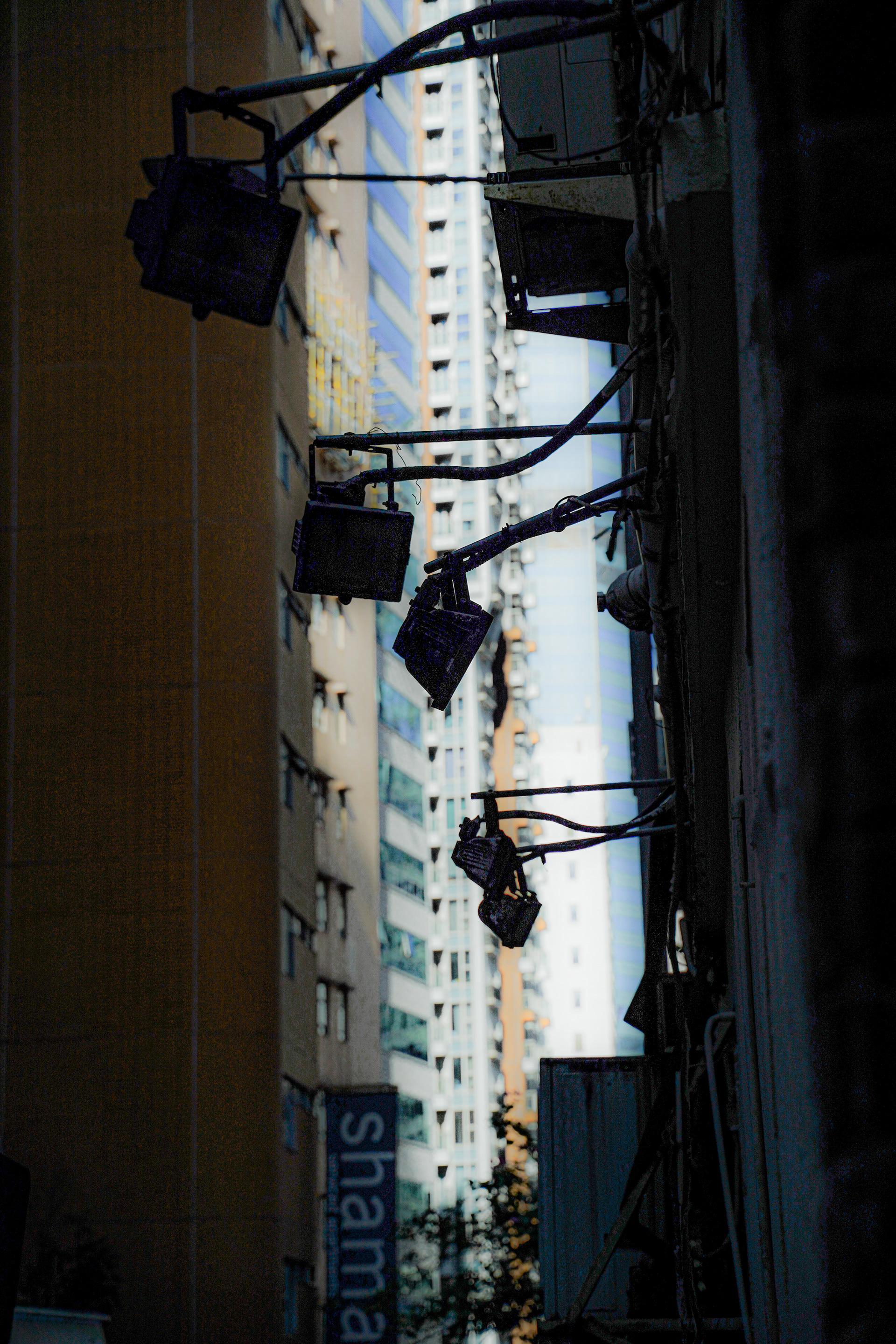
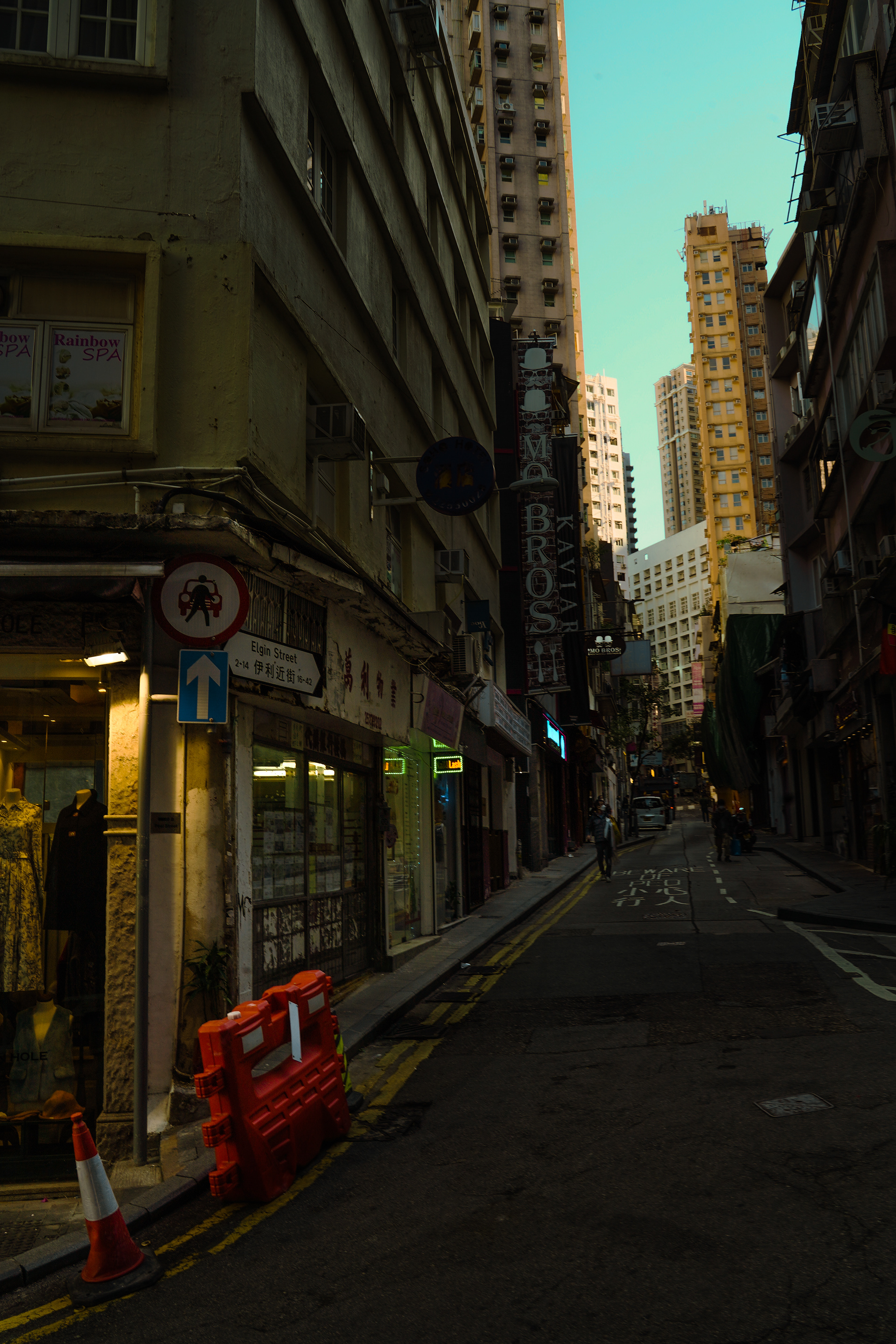
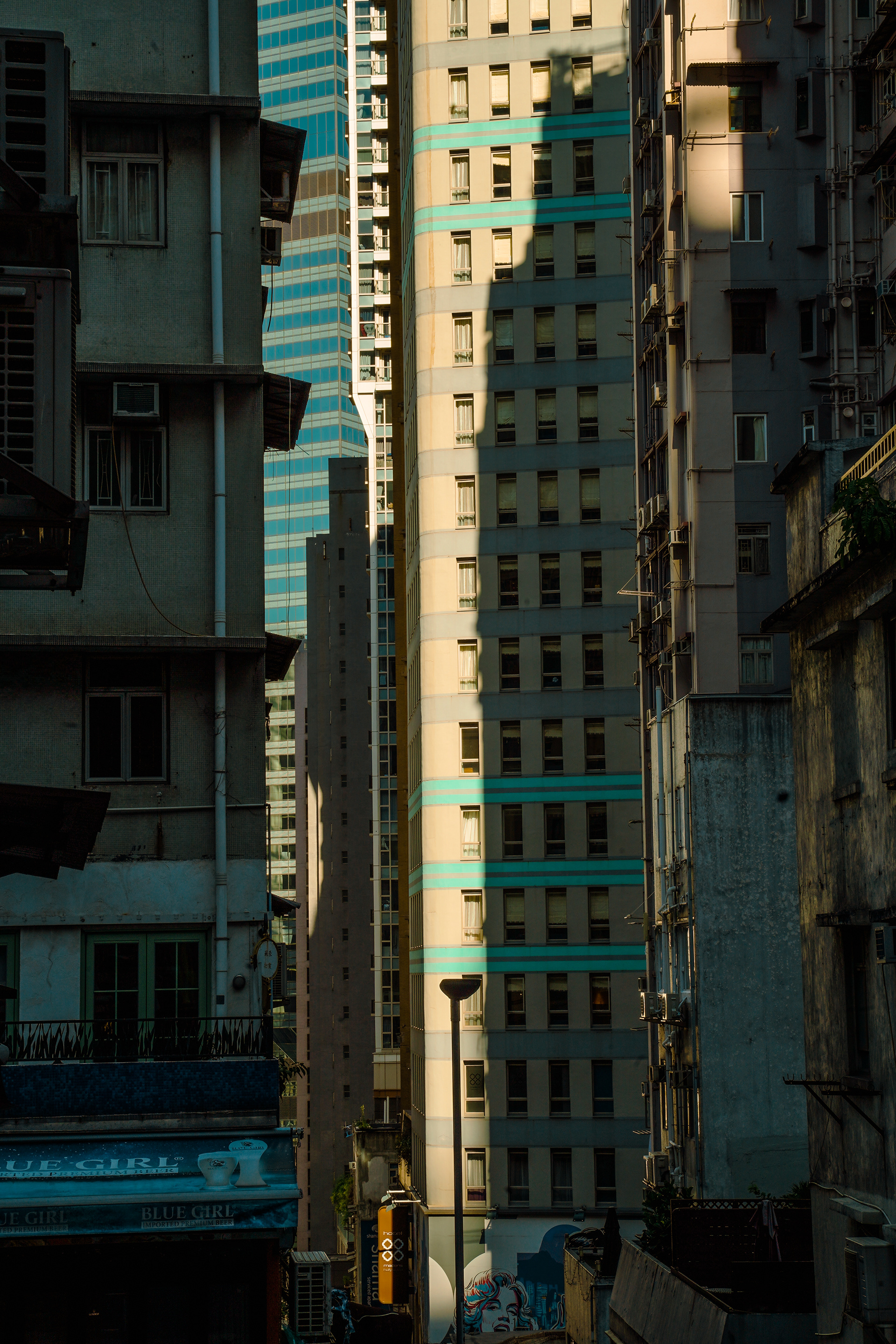
I had a lot of experimentation carried out before I went to Hong Kong, taking around 200-300 photos per shoot, focusing on different angles, playing with composition, and figuring out what I wanted to explore conceptually and how I could visualize the concepts and the discussion of ordinary into my photos. From every experiment that I carried out, I then selected a maximum of 50-100 photos each onto a set of contact sheets, narrowing down images that felt quite amateur and not technically very powerful, and edited them, according to the feeling that I wanted to present each photo with. This was quite tough to figure out because every selection was done with fine margins and consideration of what could be the right take and also thinking critically of how the audience would perceive these images. From the selection of photos from each experiment I then finally selected images that told the story I wanted to tell, and I found that those that were sometimes just captured at the right moment became the pieces of work that I really enjoyed looking at. I think I enjoyed those images because of how candid they felt, but also the implications of just noticing and photographing/using photography as a medium became very clear. I think the approach that I took to this project didn’t conform to a particular style of photography in the sense that I was very vernacular and didn’t force many guidelines on what to take, but rather just observing and creating compositions that felt appealing to how I was exploring the ordinary. I think all the experienced practitioners that I asked questions or interviewed had a similar philosophy and ethos and that’s what helped me out with this project.
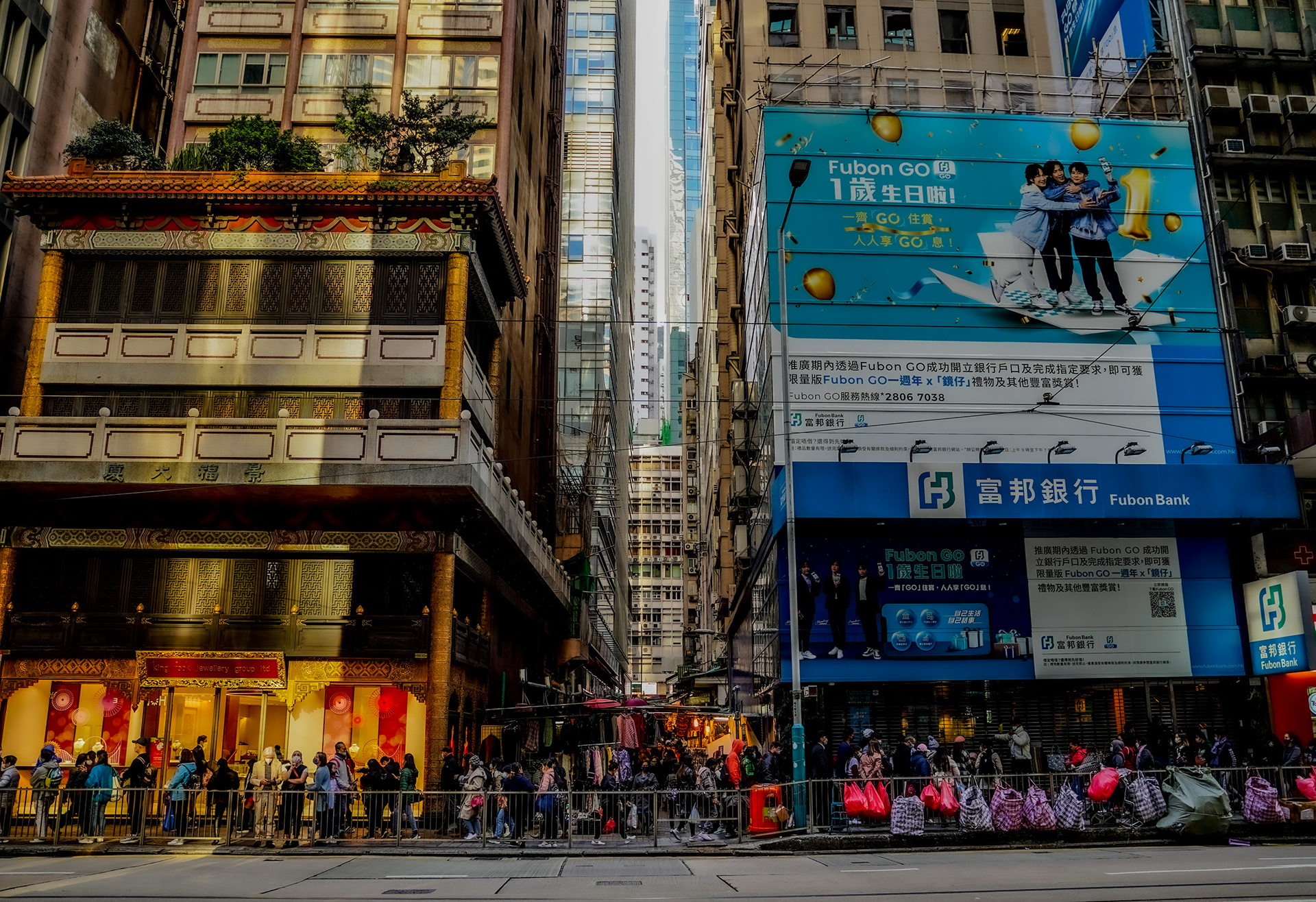

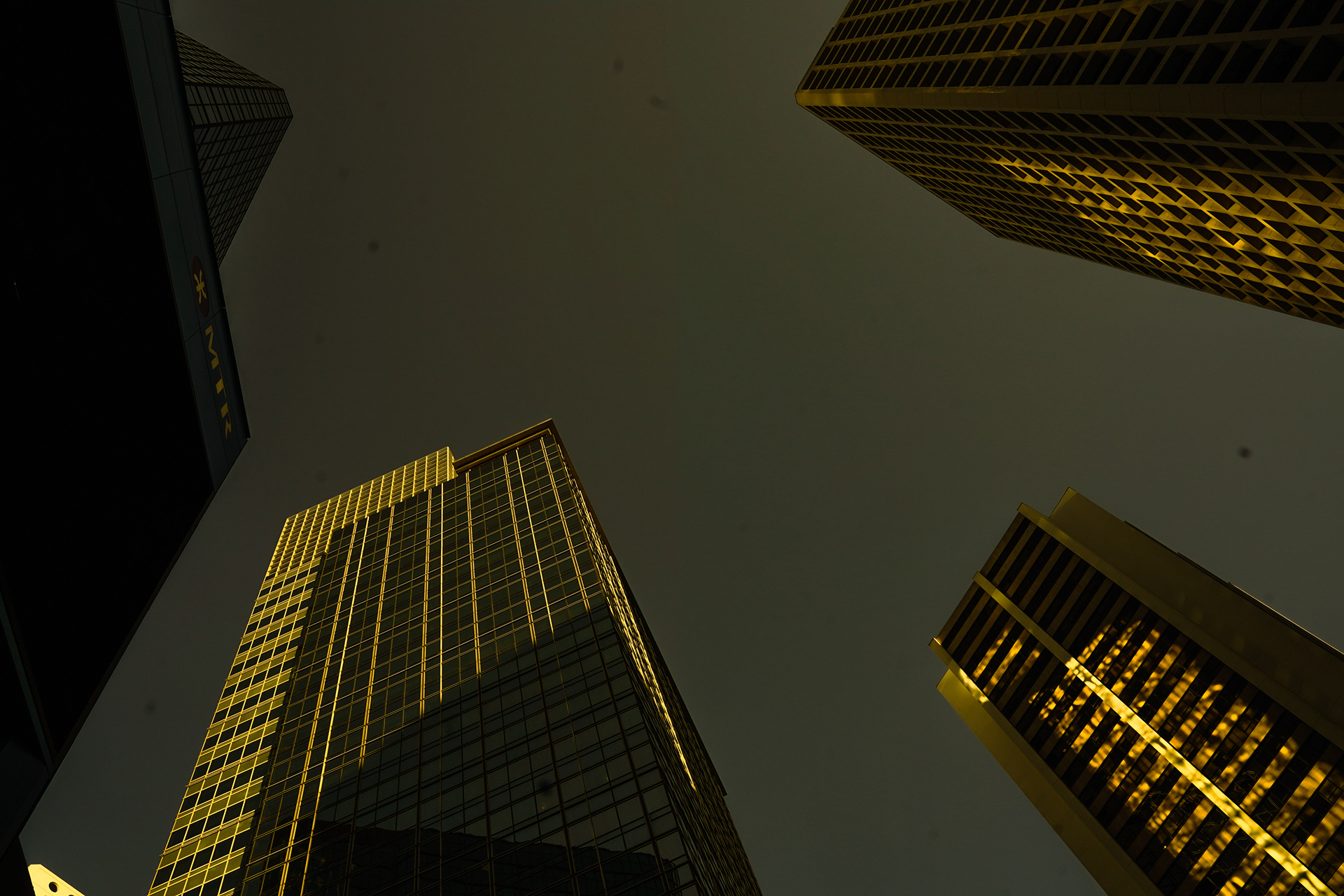

The presentation of the book definitely impacts the way the audience perceives it. I sometimes crammed images together, on top of each other, or sometimes just gave particular photos room to breathe and give space, to provide context, or just demonstrate the landscape and the atmosphere. Context was given when it was needed, through text and blank white pages which signified the start or progression of the book. I made the pages navy blue because they provided a feeling of stability and order, which was what taking photos at home really felt like, and I felt comfortable in the locations I took my photos. The short texts I would lie throughout each blank page were short and descriptive, providing my perspective of what I saw to the audience, which I think is important because without it I feel like it would not reinforce the narrative I was trying to tell. I think the photographs don’t necessarily break expectations because the locations I took my photos in weren’t necessarily new or technically revolutionary either, however, I think its purpose fulfilled this genre because it told a story of what being in Hong Kong felt like and gave a small window into this city which has gone through a lot of changes in the last 3-4 years. I wanted to capture the ordinary life, behind the politics and the media that exists out there and reveal that not much in general society has changed, but rather just the small things that you don’t often see. I think it’s because we’re focused on other issues out there and we sometimes do miss these things, I think it’s important to see that side.







